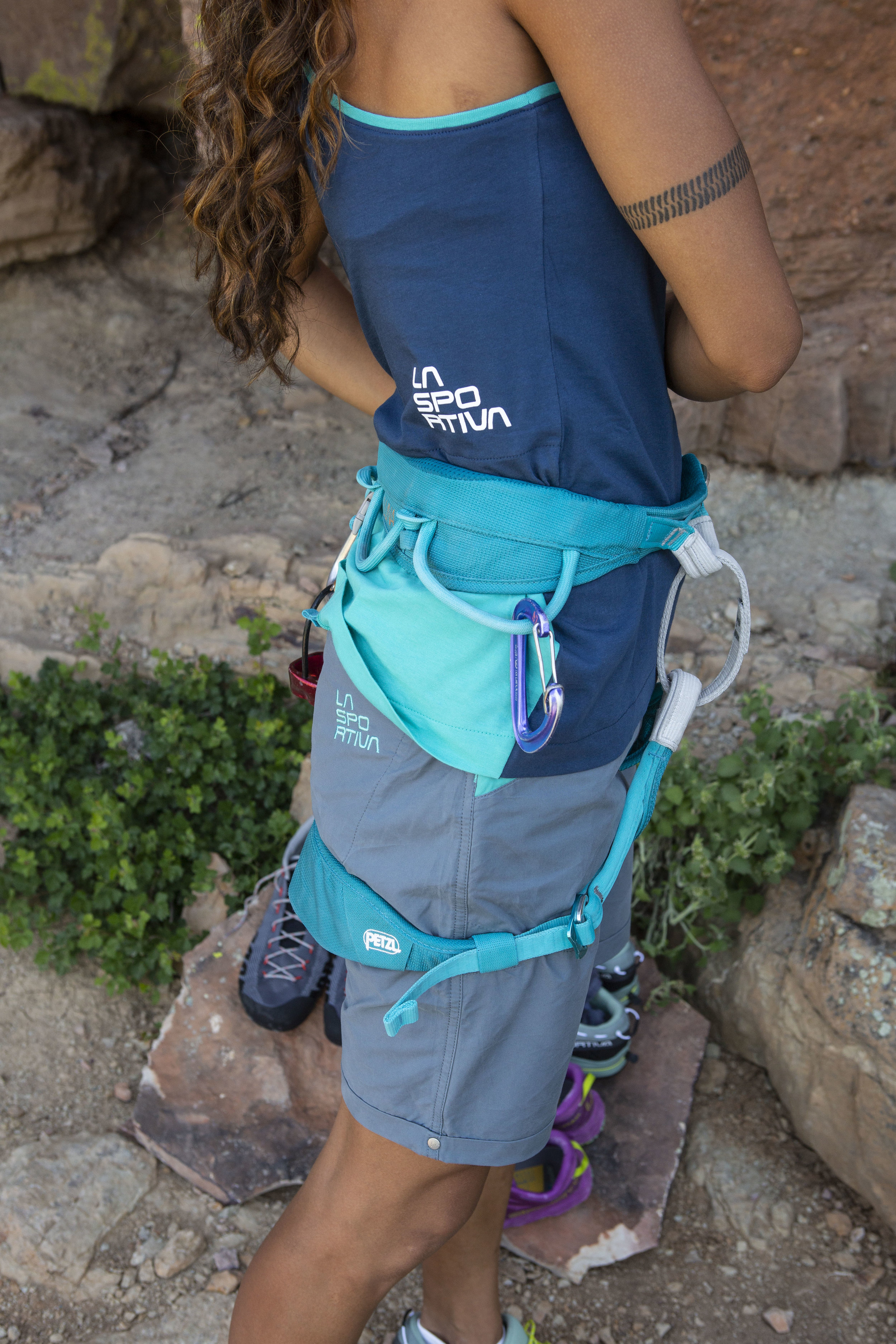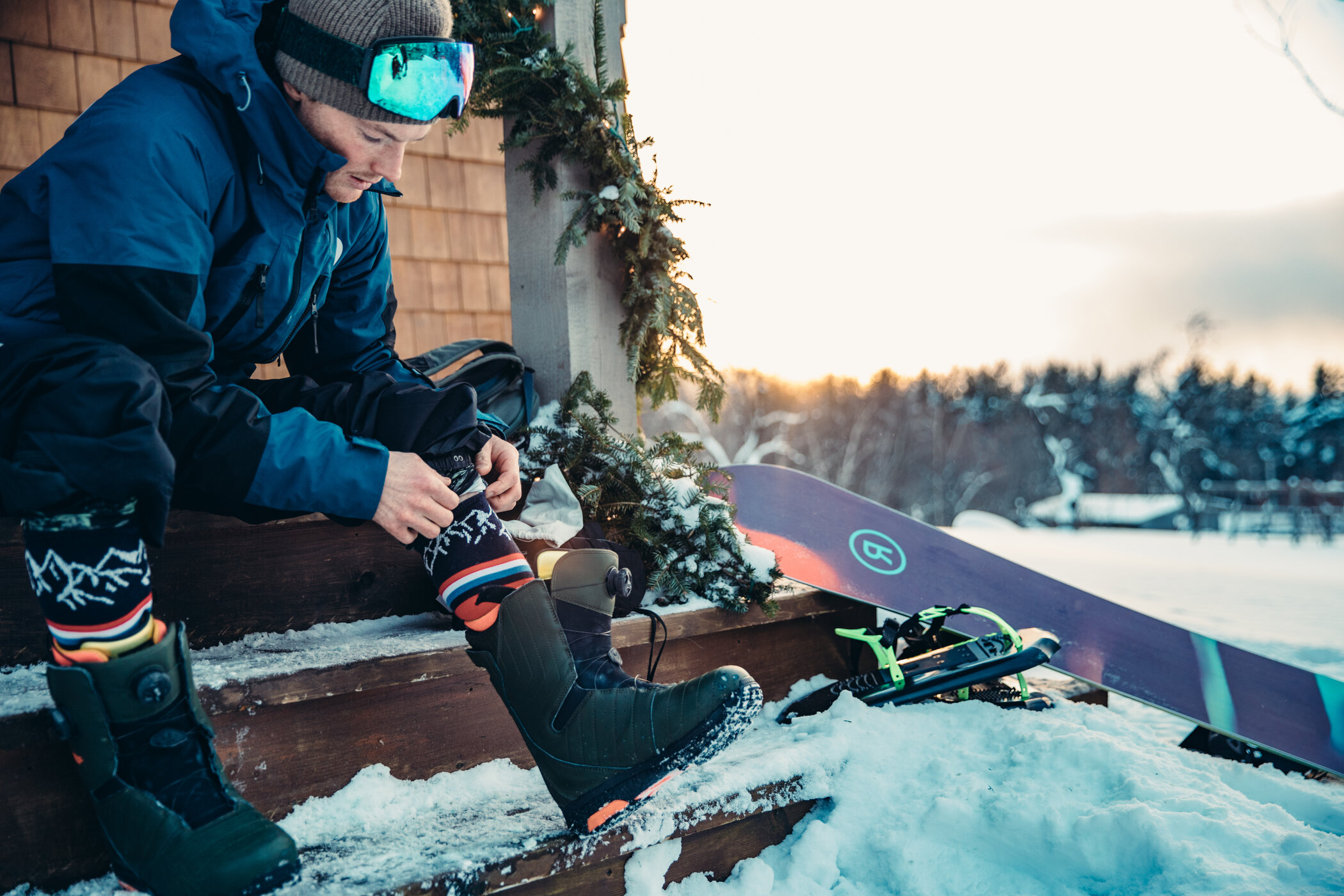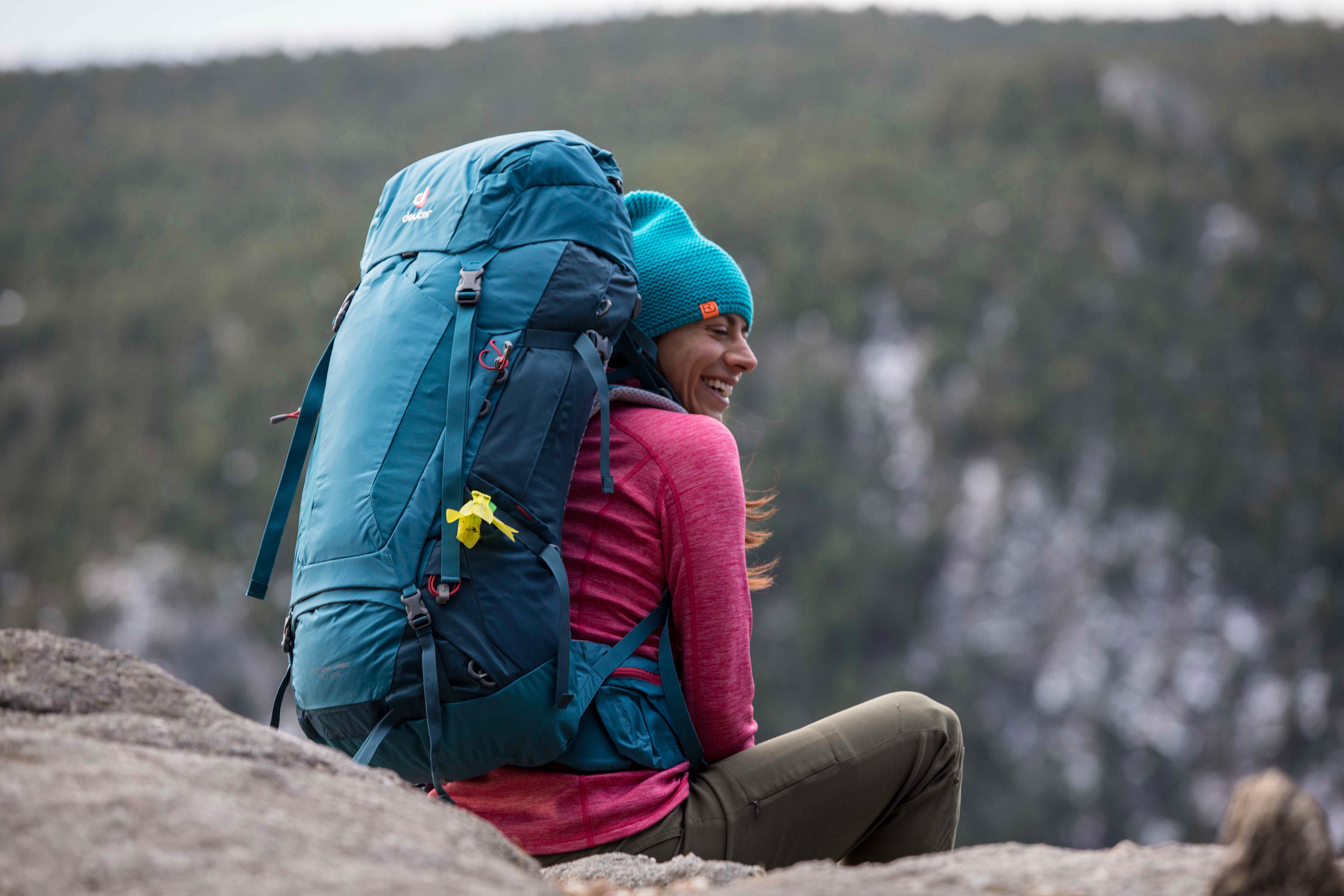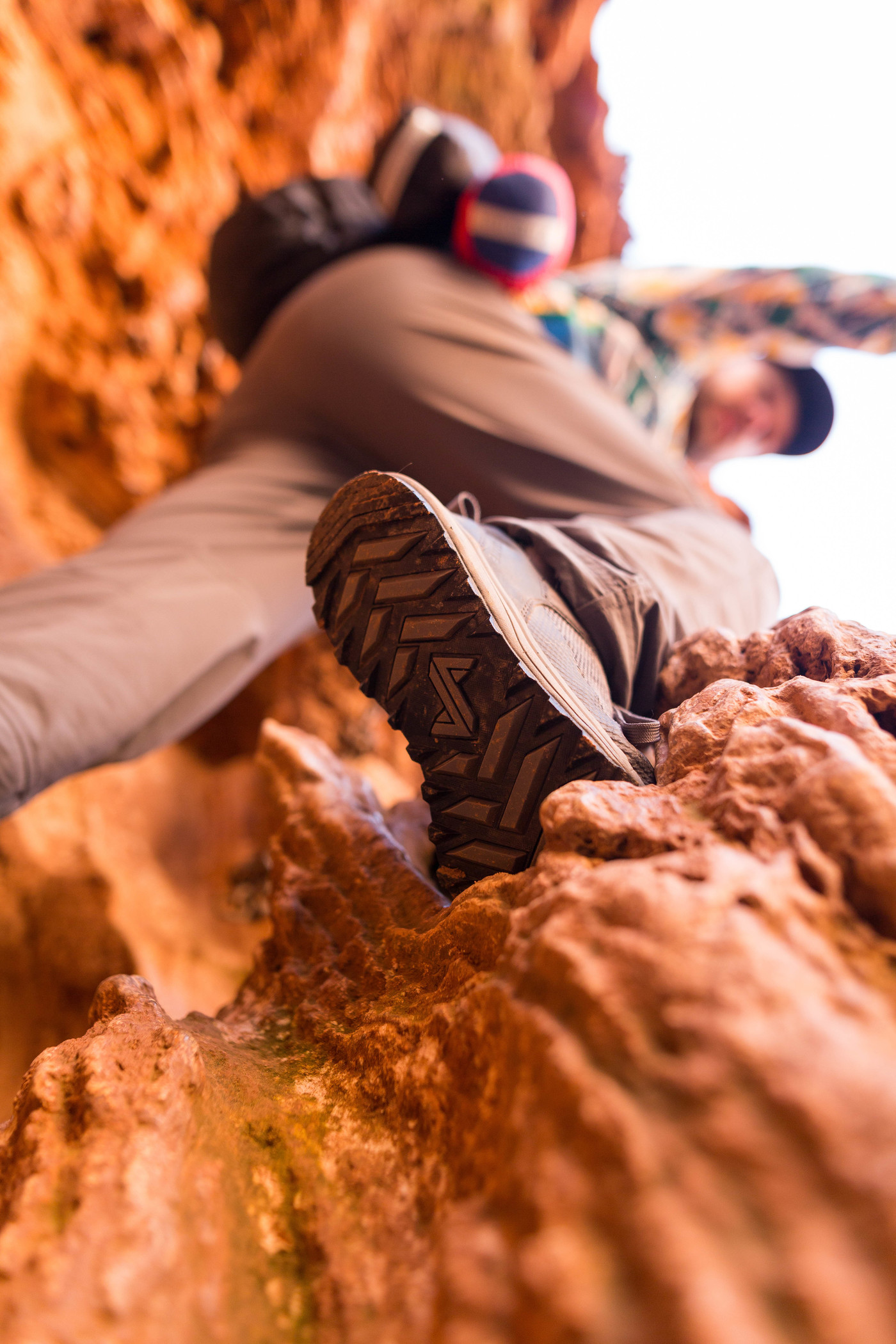Spanning the Seasons
/Photo :Jesse Charles
For decades, alpinists and endurance athletes maximized their time in every season of the year, skiing through deep powder into spring glacial corn, then exchanging boots for running shoes to quickly move into and over mountain passes and vistas in an ever-changing landscape. As a coach, the most common refrain I hear from athletes is a desire to be “durable” – up for whatever, whenever. I feel the same way, and seek to take full advantage of all conditions and seasons to get out on big terrain and feel confident from month to month.
Perhaps the most challenging transition in this regard involves moving from ski season to running. The body, familiarized with the fluid, non-impactful movement of ski touring or Nordic skiing, now must contend with the jarring effects of running on hard-packed and broken surfaces, no longer enjoying the gliding efficiency of a set of skis (particularly downhill!). Learning how to navigate this transition without incurring injury or debilitating soreness allows athletes to make the best use of their time, and to enjoy some great running weather in the springtime before things heat up!
Below are five tips you can follow to help smooth this transition in your training:
1. Begin with Frequency, not Duration:
When building your aerobic capacity for endurance objectives, the golden rule is frequency and duration – do more, more often. If you want to run a 100-miler, you’d better be spending a lot of time running in an aerobic zone, and doing it often. But when you’re moving from a winter of skiing where you haven’t done much (or any) running, starting with a 2+-hr trail run is a recipe for heavy soreness at the least, and possible injury at worst. Instead, plan your first week back to running with a handful of 30-45min light runs: focus on remembering good technique like high cadence (180 steps per minute), upright posture and good core engagement. After a week or ten days of this frequency you’ll be ready to increase the volume gradually, your fascia and muscles/tendons prepared for bigger loads.
2. Prioritize Fresh Equipment:
Usually by the time late Fall rolls around and you’re ready to move into ski season, you’re not thinking about the (often abused) state your current pair of running shoes is in. But when you pull them out in the spring, that broken down shoe may lead to a quick injury as you ramp up volume. Make the investment in a fresh pair of shoes for the new season, and consider what type of terrain you’ll be on. Oftentimes when I start running in the spring I’m moving across a mix of snow, mud, and rock while the trails dry out and more terrain opens up. In that case, I opt for a trail shoe like the new lightweight La Sportiva Bushido, which features sticky rubber lugs which’ll grab on to whatever surface I land on, keeping me on my feet and stable while all my running muscles reacquaint themselves with the motions.
3. Make long days an adventure:
Unless you’ve got an early spring ultra marathon on the docket, give yourself the flexibility to build into the running season by mixing up the terrain you’re using, particularly on long runs. Pick routes that mix on- and off-trail terrain, including scrambling and early morning snow routes while it’s firm and runnable. You’ll benefit by exploring more interesting terrain, and by moving across uneven surfaces which’ll serve to more quickly tune-up your stabilizing muscles and agility for the months and trails ahead. Plus, by picking such routes for your long sessions of 2+ hrs, you can save the “bread-and-butter” mile-pounding routes for later in the training season as race or route objectives get closer.
4. Facilitate a Sport Marriage:
Don’t let the onset of spring take skiing out of your life! Some of the best spring ski lines here in the Pacific Northwest are found only after several miles and several thousand uphill feet of trail time. Grab your rugged trail running shoes, put your skis on your back, and use the opportunity to log a multi-sport day in the mountains chasing those last turns of the year. The weight on your back while hiking up will support muscular endurance in the legs for the upcoming running season, and the reward of a few turns up high will sate the undying appetite for skiing bliss.
5. Make your strength a weapon:
Photo Alison Namey
Ski touring provides a tremendous amount of strength for the year-round athlete, but it cannot completely account for the specific strength you need as a runner. When transitioning into the spring and off the skis into running shoes, remember to update your muscles with some exercises to support the high-impact, core-demanding nature of running. Here’s a quick routine you can use a couple times per week in the spring to make sure you’re adapting your body to the change:
Core Strength For Runners:
Warmup: 10min easy run, followed by some dynamic stretching: toe touches, gentle lunges (forward and back), arm swings in all directions
Workout: Begin with 3x through the circuit:
- 45sec forearm plank: from toes if possible, but use knees if you find your back start to sag. If this gets too easy from the toes, add a 10lb plate to your back to increase load
- 20x push-ups: From toes if possible; break into sets of 5 if you need to
- 10x Windshield Wipers: Lay on back with arms outstretched and palms up, and raise legs to perpendicular to the ground and sweep back and forth to each side. Bend legs at knees to ease effort
- 15x Air Squats: Place a chair about 1’ behind you and stand with toes facing forward, feet slightly wider than shoulder-width. Hold arms out in front of you and keep back straight, then slowly drive the hips/butt backward until you just touch the chair, then power back up. Don’t let your spine curve!
- Sideline hip circles: Lay on one side with legs stacked and hips oriented vertically. Raise the top leg up without letting the hip “hinge” or shift, then proceed to “draw” circles in the air with heel the raised straight leg, 10 circles in one direction then 10 in the other. Repeat with opposite leg.
Now go adventuring!






























